
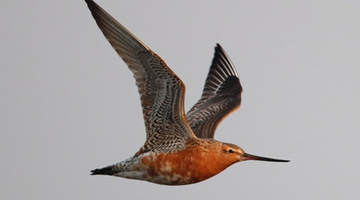
Have you ever wanted to fly? To soar above valleys and mountains, cities and oceans, feeling the wind whipping against your face? Flight has fascinated humans for as long as we have looked ...
READ MORE

Research on godwit migration involves tracking or following the flight path of the birds. Scientists like Dr Phil Battley and Dr Jesse Conklin from Massey University do this by putting a tracking ...
READ MORE

One of the requirements for heavier-than-air flying machines is a structure that combines strength with light weight. This is true for birds as well as planes. Birds have many physical features ...
READ MORE

In this activity, students explore the importance of wing shape and size and how this determines the flight capabilities of birds and planes. By the end of this activity, students should be able ...
READ MORE

In this activity, students use an online interactive or paper-based graphic organiser to consider how wing size and shape influences the specific flight capabilities of both birds and aircraft ...
READ MORE

In this activity, students take on the role of migrating birds. By participating in a physically active simulation, they experience the journey from summer breeding grounds to winter feeding ...
READ MORE
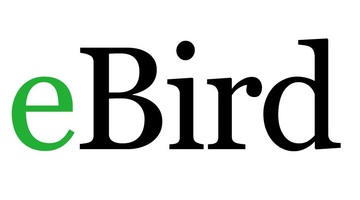
This comprehensive worldwide online citizen science (OCS) project collates bird species, numbers, locations and times of sightings into a large database. You can create a class as a user and, by ...
READ MORE
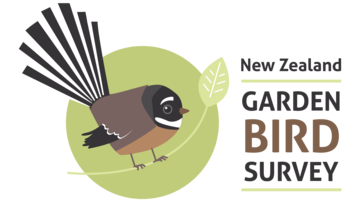
This New Zealand-based citizen science project aims to collect data about the types and numbers of common garden birds in our own backyard. This is done once annually during a particular window ...
READ MORE
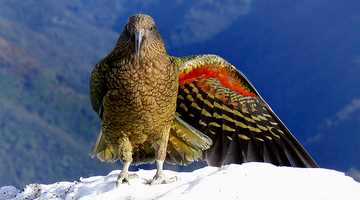
Taking part in this project helps scientists and conservationists know more about the habits of kea. Where are they? How far do they travel? Do they get around in groups? Logging sighting ...
READ MORE

Explore the science concepts that underpin knowledge and understanding about birds and their structure, function and adaptations. The New Zealand Ministry of Education’s Building Science Concepts ...
READ MORE

This topic planner offers suggested pathways through some of the flight resources on the Science Learning Hub and connects to relevant programmes offered by the Royal Albatross Education Centre ...
READ MORE
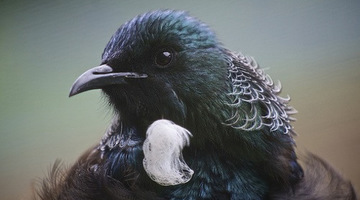
New Zealand is well known for its unique bird life. Our endemic birds evolved in an isolated, island environment. The arrival of people, the deliberate and accidental introduction of mammalian ...
READ MORE
Dr Phil Battley, from Massey University, discusses how both internal and external satellite transmitters might affect godwits. He shares that internal transmitters worked better than external ...
READ MORE
Dr Phil Battley, from Massey University, explains how birds are kept track of through satellite tagging. He describes and compares two ways of doing this – using backpacks with solar panels and ...
READ MORE
Jesse Conklin, a PhD student at Massey University, describes how geolocators work to keep track of godwits. He explains that they are basically light sensors that record light levels – giving ...
READ MORE

Different wing sizes and shapes allow fliers to have specific flight capabilities. Match birds and aircraft with similar capabilities.
READ MORE

This interactive explores the science concepts that underpin knowledge about birds’ physical features and how they help birds live in their environment.
READ MORE
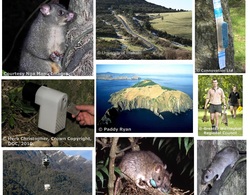
This slideshow allows students to consider some of the pros and cons of various methods of predator control. Use the Slideshow menu for further options, including view full screen, and go here ...
READ MORE